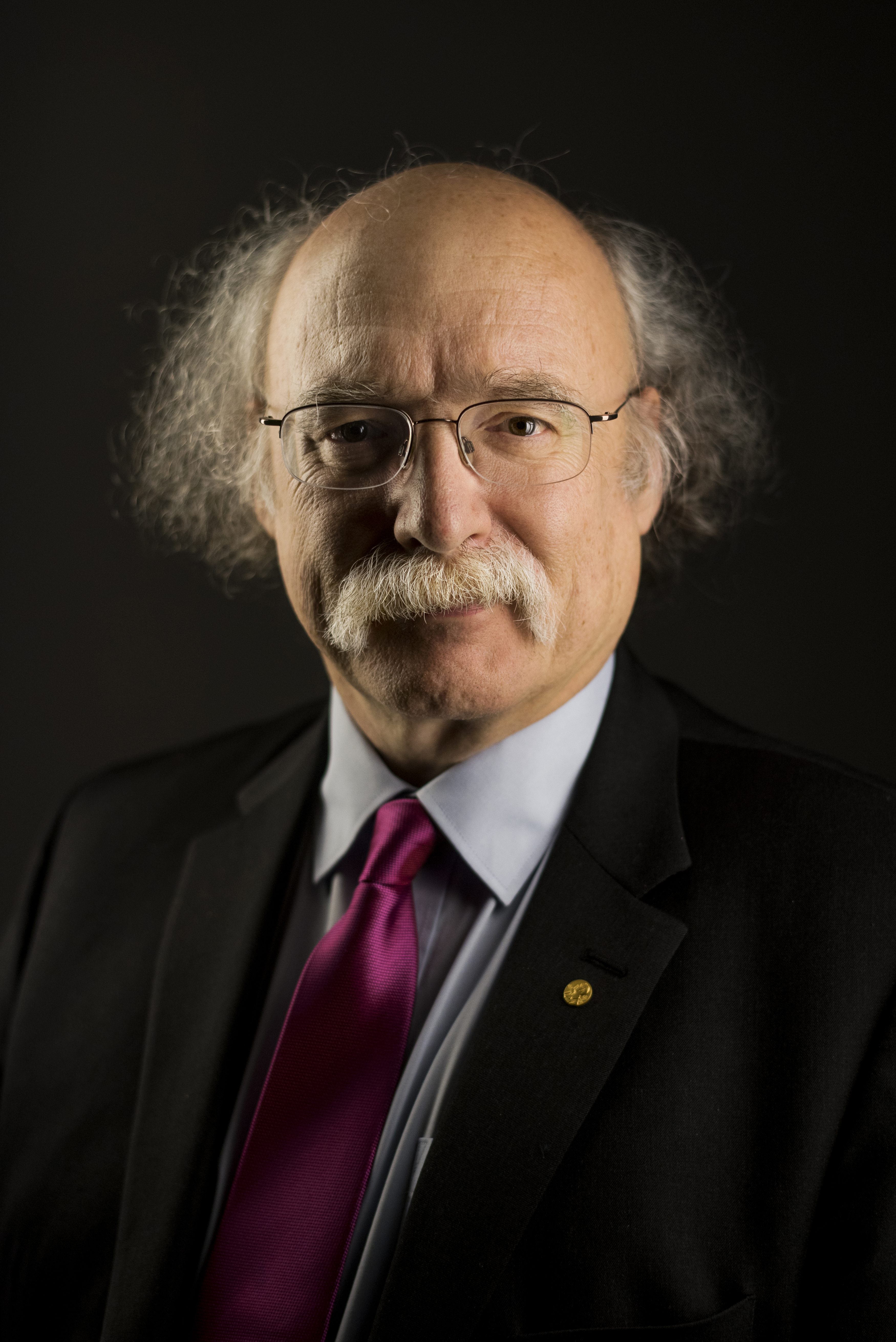Haldane, Frederick Duncan Michael (1951-…), a British physicist, won a share of the 2016 Nobel Prize in physics for his theoretical discoveries involving unusual phases, or states, of matter. He and the British-American physicist J. Michael Kosterlitz each won a quarter of the prize. The British-born American physicist David J. Thouless won the other half.
In 1983, Haldane used mathematics to predict the behavior of chains of atoms. He found that such chains behave differently based on each atom’s spin. Spin is a measure of the internal rotation of a particle. Depending on the subatomic particles that compose it, an atom can have a spin that is either an integer (a positive or negative whole number, or zero) or an integer and a half. Haldane showed that a chain of atoms with integer spin behaves differently than does one with half-integer spin.

In 1982, Thouless helped theoretically explain the quantum Hall effect. The Hall effect is an electrical phenomenon that occurs when a current flows through a material in a magnetic field. If the current flows perpendicular to the magnetic field, the Hall effect is observed as a voltage across the material. Normally, the voltage increases continuously in proportion to the current and magnetic field. In 1980, however, the German physicist Klaus von Klitzing showed that in a thin film of atoms at low temperatures, the Hall voltage increases in steps, jumping from one step to the next. This phenomenon is called the quantum Hall effect, and von Klitzing won the 1985 Nobel Prize in physics for its discovery. Thouless showed that the predicable stepwise increases in Hall voltage were governed by the topology of the magnetic field. Topology is a branch of mathematics that deals with certain properties of geometric figures that cannot be changed by stretching, squeezing, or twisting the figures. The change from one topology to another is an abrupt shift, rather than a gradual one. As a result, when the topology of the magnetic field changes, the electric charge changes by a discreet, stepwise amount.
In 1988, Haldane built upon Thouless’s explanation to show that certain materials could exhibit a quantum Hall effect even when not in the presence of a magnetic field. These materials came to be called Chern insulators, after the Chinese-American mathematician Shiing-Shen Chern. In 2013, physicists produced the first Chern insulators, confirming Haldane’s prediction. Scientists think that Chern insulators could be used in advanced electronics such as quantum computers. Quantum computers are machines that take advantage of certain principals of quantum mechanics to perform calculations that are practically impossible to solve using classical (non-quantum) computers.
Haldane was born Sept. 14, 1951, in London. He studied physics at Cambridge University, earning his B.A. degree in 1973 and completing his Ph.D. degree in 1978. He worked at the University of Southern California from 1981 to 1987. In 1990, he was appointed professor of physics to Princeton University in New Jersey. He was named a fellow of the Royal Society in 1996.
